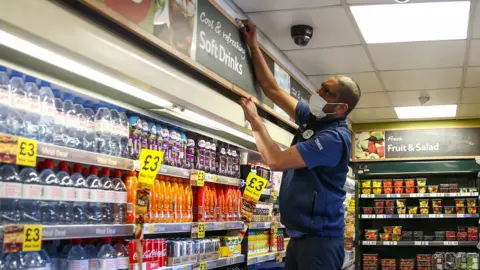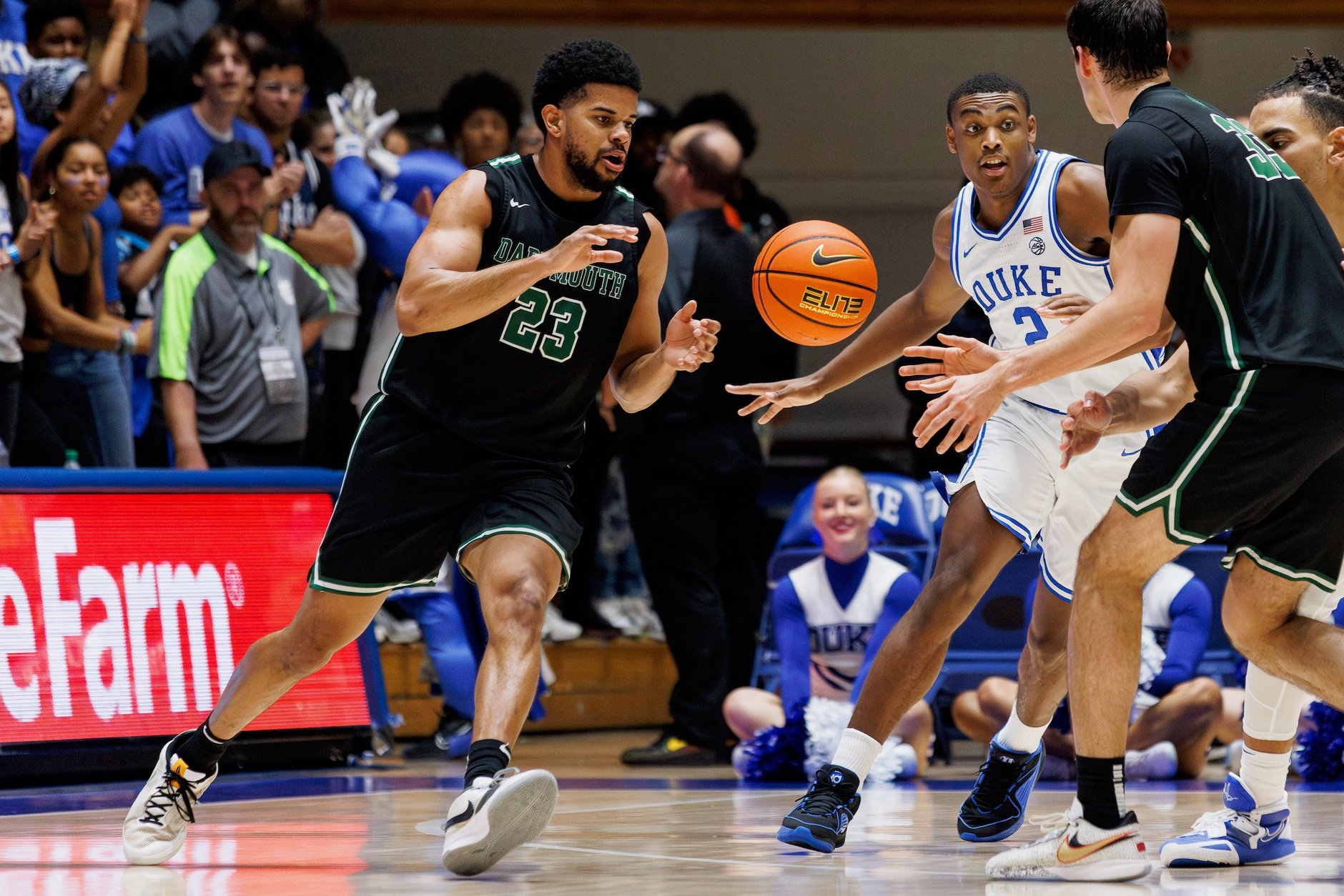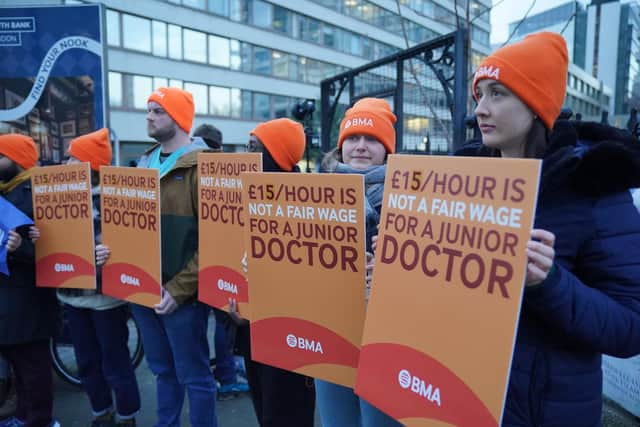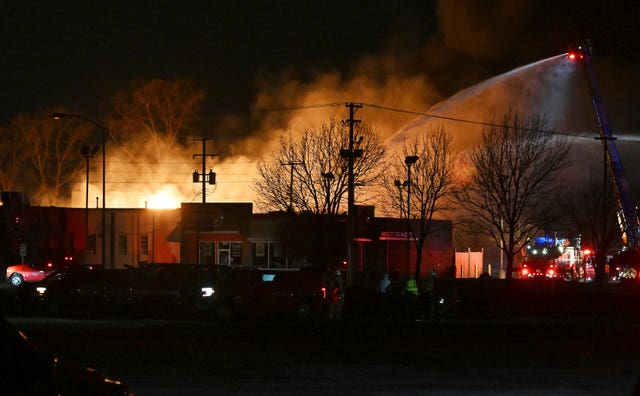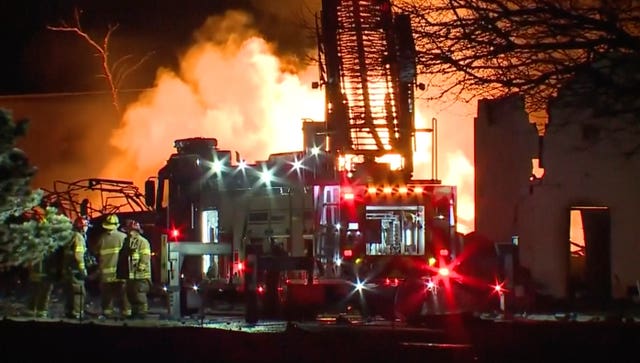UK
Welfare not warfare! Budget is a chance to set out a vision for a better world
“Arms races fuel insecurity and increase the risk of war. We need to put the brakes on. Instead, we need to redirect spending to tackling the roots of insecurity.”
Colin Archer
By Colin Archer
When the Chancellor Jeremy Hunt stands up in Parliament tomorrow he will deliver what could be the last set-piece financial announcement before the General Election. These events are not only great parliamentary theatre but also give a chance for politicians on all sides to show the voters what kind of society we want to build for the future. In the face of the many challenges our country faces, bold thinking is needed.
We don’t have to look far to see these challenges: public services are suffering after 14 years of chronic under-investment; schools are crumbling; hospital waiting lists are at an all-time high; food bank use is shockingly common; and the climate crisis is worsening by the year. Taken alongside pressures on public finances after 14 years of austerity and government economic mismanagement, something surely has to give.
Last year’s Autumn Statement showed an increase in the UK core military spending which reached £53.1 billion in 2022-23, an increase of more than 15% on the previous year, well above inflation. This means that the UK was spending £100,000 on the military every minute of every day. This figure doesn’t even cover all spending associated with the military, including the military aid to Ukraine, which has been increased to £2.5bn for the coming year.
Politicians often talk about ‘difficult decisions’ when they are talking about cutting public spending in the context of public services or welfare provisions. But with the Ministry of Defence struggling to fund its own equipment plans, now is the time to start talking about reducing the amount of money we are spending on military.
The target of spending 0.7% of our national income on overseas development was dropped because some labelled this UN aim as ‘arbitrary’ and ‘unaffordable’. Yet the UK remains committed to the NATO target of 2% of GDP spending on its military – which has been criticised even by some security analysts as arbitrary.
Figures from the MoD indicate a shortfall of £16.9 billion in funding for the latest 10-year equipment spending plans, with the ever-expensive nuclear-weapons programme continuing to prove to be a money pit. Do we really need to spend around £200 billion on a new generation of nuclear weapons, when the deterrence doctrine this system is based upon is so flawed? Do we need to retain such a heavily armed military with ‘global reach’ for the foreseeable future? Can we afford to keep spending so much on our armed forces when tackling poverty, ill-health and the climate crisis are so urgent? These are the difficult questions it is time to ask as a country.
Nearly ten years ago, the nations of the world set 17 targets – the UN Sustainable Development Goals – including the elimination of poverty and hunger, and urgent action on climate change. Progress on these targets is faltering – and in some cases being reversed – due to a lack of resources. Meanwhile, global military spending is spiraling and is now comparable with that during the worst periods of the Cold War. Arms races fuel insecurity and increase the risk of war. We need to put the brakes on. Instead, we need to redirect spending to tackling the roots of insecurity – like poverty and ecological damage. We need to defuse international tensions, by focusing more on diplomacy, arms control, and disarmament. Britain can play a leading role in bringing about a positive future – or it can continue down the road of militarism and war. It’s time to choose.
- Colin Archer is a retired Secretary-General, International Peace Bureau and now sits on the Steering Group of the Global Campaign on Military Spending UK.


